From technology to art! Revealing Four Highlights of Underwater Shooting of Avatar 2
Special feature of 1905 film network After waiting for 12 years and 4727 days, it’s finally here!
At present, the film has been officially released nationwide, and the total box office of pre-sale has easily exceeded 100 million.
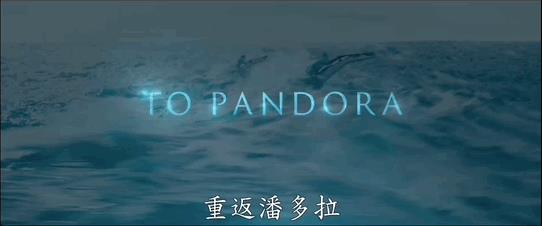
In this sequel, we will follow the hero and heroine Jack and Neytiri, who are married and have children, to dream back to Pandora, the magical planet, and witness them fighting for their homeland again.
More specifically, the director also unlocked a brand-new map for the audience — — Pandora’s sea world.
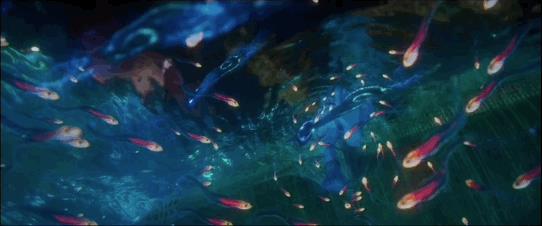
Beautiful underwater landscape, various marine life and breathtaking underwater adventure, just like the title "The Way of Water", the film also presents an amazing underwater visual feast.
As we all know, Cameron has a deep emotional connection with the ocean. Avatar: The Way of Water is also regarded by him as "a love letter to the deep sea."
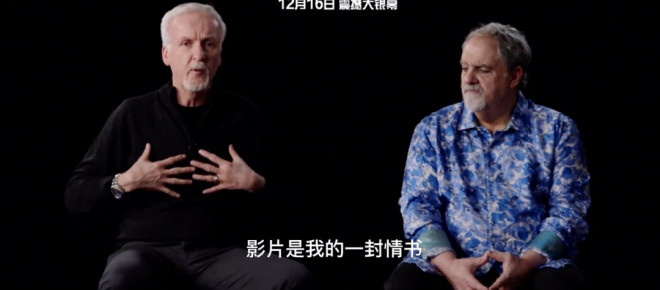
However, Cameron also bluntly said that the difficulty of underwater special effects has increased exponentially. "No matter what problems encounter water, they are ten times more difficult than before."
As a global leader in film technology innovation, how did Cameron overcome many difficulties and create this underwater spectacle for the audience? In order to answer this question, we also specially interviewed Sun Xun, a well-known underwater photographer in China, who was in charge of underwater shooting of such films, and jointly revealed the unknown stories of "water drama" shooting at home and abroad.
Only Cameron can do it.
What are the highlights of the underwater shooting of Avatar: The Way of Water?
Looking back 13 years ago, almost single-handedly, it set off a wave of 3D movies around the world, and also promoted the comprehensive innovation of virtual shooting technology.
Cameron has been at the forefront of film technology for 40 years. When the existing technology can’t keep up with the settings in his mind, it is his methodology to develop new hardware and new systems, and this time is no exception.
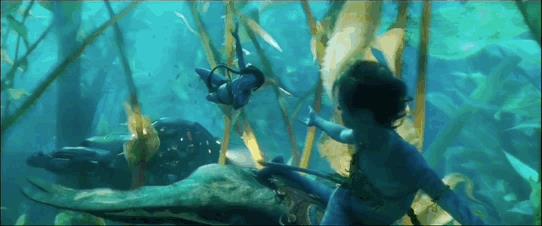
The difficulty of Avatar: The Way of Water lies in how to complete large-scale and high-quality motion capture underwater. Before this, a series of blockbusters, such as Avatar, used the method of "dry filming and wet filming".
Sun Xun explained to us that the so-called "dry shooting wet" is actually a kind of "lazy" technology, that is, the actors shoot on the land stage, hang Weiya to simulate the movement in the water, and add smoke, filters and post-effects to create the underwater effect. The advantage is that the operation and cost are controllable, but the disadvantage is that it is not real enough, such as clothes and hair swinging does not conform to gravity.
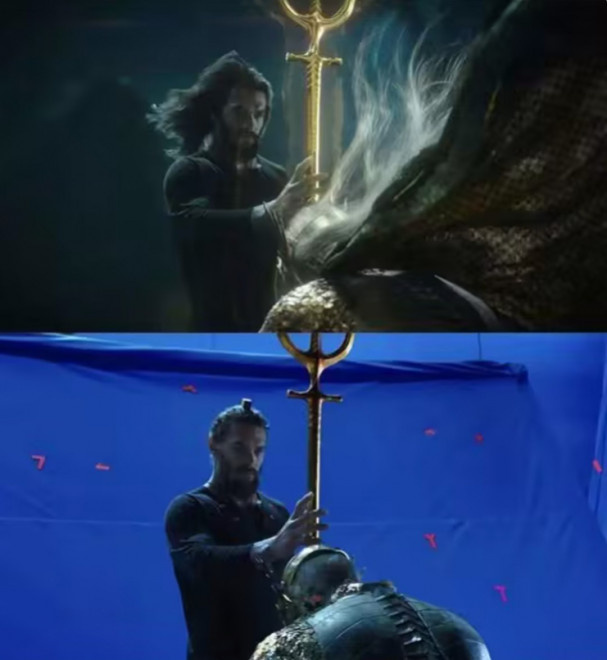
The behind-the-scenes team also suggested this method to Cameron, but out of the pursuit of realism, Cameron insisted on performing and capturing in the water.
To this end, the team had to spend five years to upgrade a whole system, and it took eighteen months to complete all the underwater performance capture and shooting, with the aim of 100% restoring the expression and underwater state of real actors.
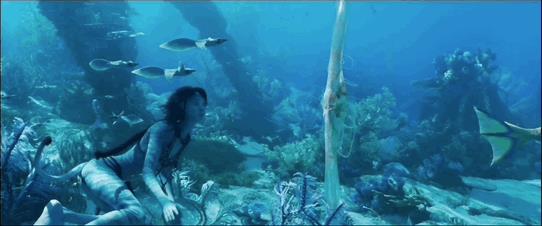
This technique was also tried in Cameron’s production, and the scene where Alita plunged into the water to find the mecha was captured by stuntmen performing underwater.
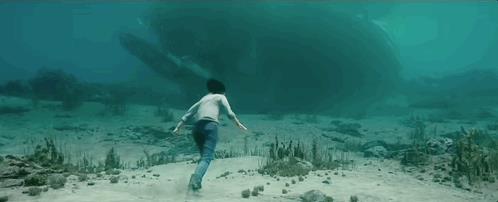
The main venue for the underwater performance of Avatar: The Way of Water is a huge water tank with a capacity of 900,000 gallons, which can reproduce the real marine environment, including water waves and waves.
The water tank is also equipped with a propeller system called "runway", which consists of two marine propellers with a diameter of 6 feet, and is used to create waves in the water tank.
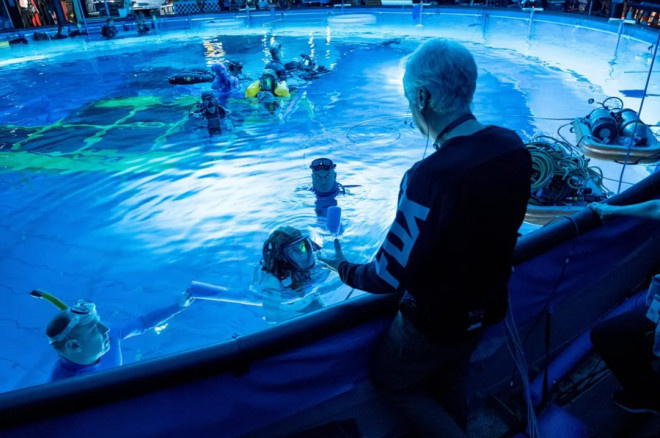
In order to make the performance capture technology work underwater, the water quality must be clear and transparent. Cameron wanted the actors and the camera crew to shoot in scuba diving suits, but found that the breathing apparatus would cause disturbance to the water body.
In this way, there is only one choice: everyone who works in the water tank must hold their breath. Therefore, the actors learned free diving under the guidance of internationally renowned Kirk craik.
Among them, 73-year-old sigourney weaver can hold her breath statically for 6 minutes and 30 seconds after training. He won the championship in 7 minutes and 14 seconds, which also broke the record of Tom cruise’s single free dive shooting.
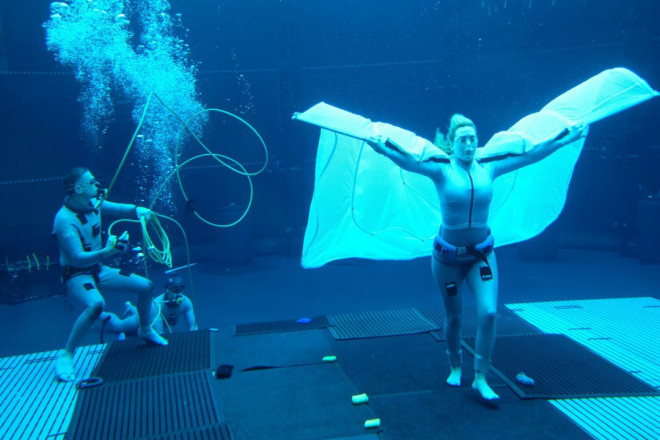
Of course, some difficult movements need synchronized swimmers and gymnasts to achieve. According to statistics, the crew, including actors, photographers and security officers, completed 200,000 free dives to make this blockbuster.
The underwater 3D camera used in Avatar: The Way of Water is also very exquisite. It is a DeepX 3D photography system developed by Australian photographer Pavel Acto, which can greatly improve the image quality and clarity, and at the same time reduce the distortion of ordinary underwater cameras.
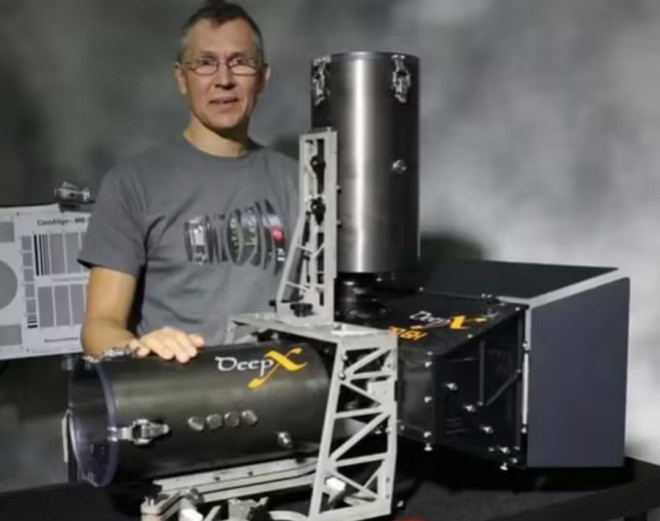
Later special effects are also essential. Cameron once again cooperated with Vita Studio to restore the subtle expressions of each character and create an immersive water world wonderland.
Cameron described it this way: "Whether tons of water are stirred by the fins of large creatures or small raindrops are trickling down someone’s cheeks, we have to study the trajectory of water. At the time of filming, we were doing water simulation. The complexity of this film goes up five steps. The tools we developed are of great significance to the entire special effects industry. "
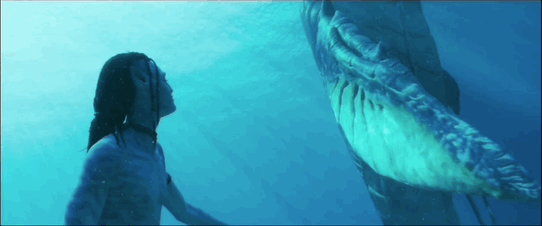
No matter in the early or late stage, the efforts of the creative team all point to the same key word, that is, "reality", that is, to bring the audience the ultimate visual experience like a documentary.
However, Cameron also reiterated that technology must serve the arts. "People’s tears when watching Titanic are not for special effects. In Avatar: The Way of Water, we should also strive to balance technology and emotion."

Go ahead in exploration
Underwater shooting in China has "set sail"
There is such a line in the movie: "The way of water connects everything, transcends life and death, and remains unchanged forever." Indeed, the ocean accounts for 71% of the earth’s surface area, and the deep blue sea breeds the source of life, but also hides the infinite unknown.
It is this yearning for the mysterious ocean that drives generations of filmmakers to explore underwater beauty with their lenses. As early as 1954, in the film "Black Lake Demon Pond", pioneers began to try underwater film machine photography. In the following 70 years, technology and equipment have been constantly innovated and upgraded.
In contrast, the underwater photography industry in China started relatively late. Sun Xun told us that when he entered the business around 2014, the domestic underwater photography team was still very scarce.
Over the years, he and his team have participated in the shooting of a series of films such as Shadow and Fire Hero, and witnessed the progress of the industry all the way. Behind the scenes, every play is a process of constantly overcoming difficulties.
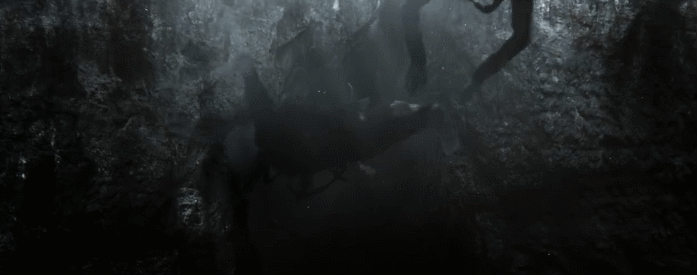
Underwater lens in Shadow
For example, in "Heroes of Fire", in order to create a realistic explosion effect of oil pipelines, the art and props group "modulated" pieces of sticky oil with starch and pigments, and also put in fresh scallops, oysters and other seafood, and the flame was also really burning.
After two days of shooting, cameras, diving equipment and everyone’s faces were covered with black oil, which was a great challenge for photographers.
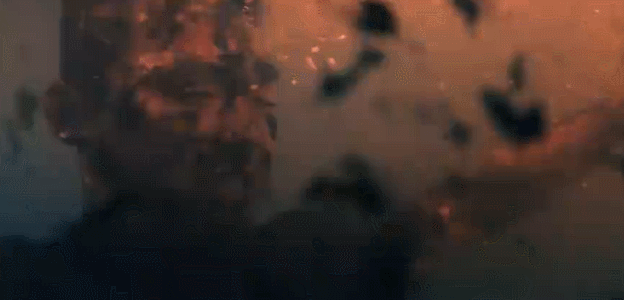
Starring "Care for You" is to do enough work in aesthetics. Sun Xun recalled that the director attached great importance to the aesthetic feeling of the lens and showed the emotions of the characters with light and shadow in the water, which was a valuable attempt of domestic films in underwater photography aesthetics.
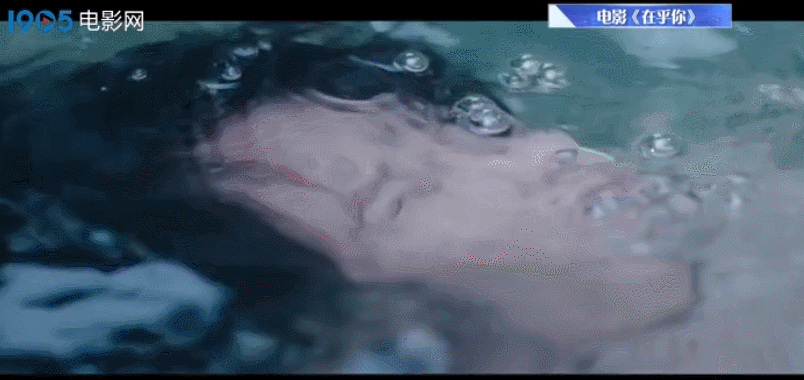
In the film directed, there are also a lot of real water plays. In order to pursue real visual effects, the crew also made a special trip to the Baja studio in Mexico where Titanic was filmed.
When filming the forced landing of the plane, the team specially purchased a retired Airbus 320 plane and took a real shot in the reservoir, which truly restored the whole process of the plane sinking. Lin Chaoxian also personally dived to 18 meters underwater with him to film the desperate escape process.
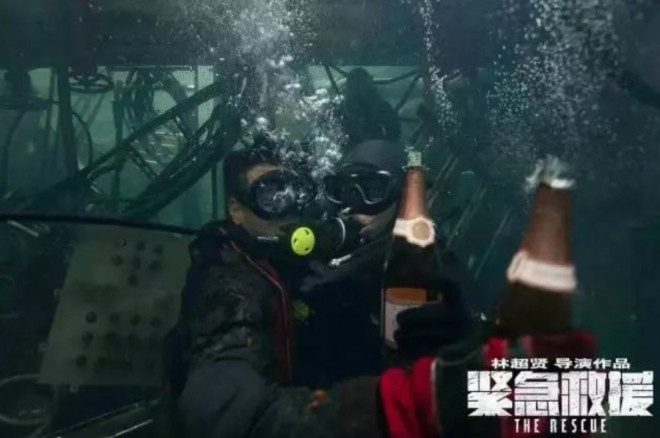
Sun Xun said frankly that in daily work, the most common problem is the crew’s lack of experience in underwater shooting and lack of cognition. They often have to communicate with each other from scratch and adjust the shooting plan step by step.
"The simplest example, many directors think that throwing people into the water after murder will sink, but it is not like this. People should be floating. What actions can be done and what can’t be done in the water? Many crews lack pre-evaluation, which is the most common problem we encounter, "Sun Xun said.
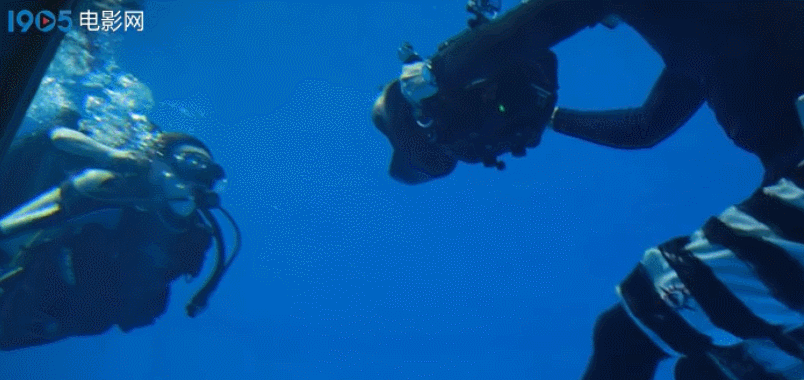
Sun Xun in the filming.
Of course, with the continuous enrichment of shooting experience, domestic teams have also made visible progress in this field. For example, in the new film "She Disappeared", there is no small breakthrough in underwater shooting.
"A large part of this play is underwater. On the one hand, there are many scenes, not just a few shots, but the plot of the whole play. On the other hand, the scheduling is particularly perfect and the completion is very high. I am very much looking forward to the release of this film."
He also revealed that the two leading actors went into battle in person and worked together to complete the underwater scene. "Zhu Yilong is quite experienced in diving. NiNi has a collarbone injury, but he also took a shot with diving equipment on his back. Both actors worked hard."
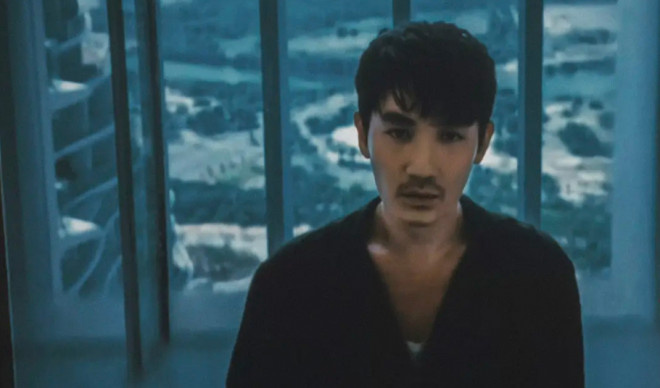
Sun Xun also specifically mentioned that in recent years, the development of underwater photographic equipment in China is remarkable. Many equipment used by foreign filmmakers are made in China, but there is still room for improvement in industrial process, systematization and detail control.
More importantly, he hopes that film creators can boldly fly their imaginations and bravely try things that no one has tried before. "Whether it is the progress brought by hardware upgrade or the upgrade of script creation, we look forward to working with the director to complete something that really makes people shine."
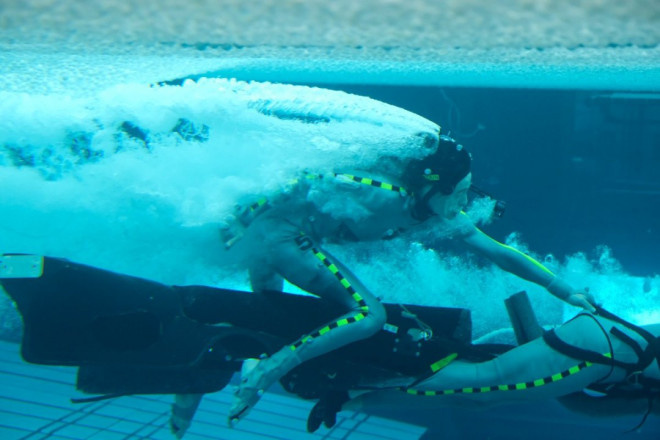
This is exactly what Cameron and Avatar: The Way of Water mean to the film industry. Maybe it can’t surpass the box office peak of its previous work in the end, but it won’t detract from its contribution in the field of technological innovation.
"Cameron is a person who rushes to the front line. He is always exploring things outside the circle and challenging the limits of technology. It’s a very exciting thing for a technical controller like us, "Sun Xun said with emotion.
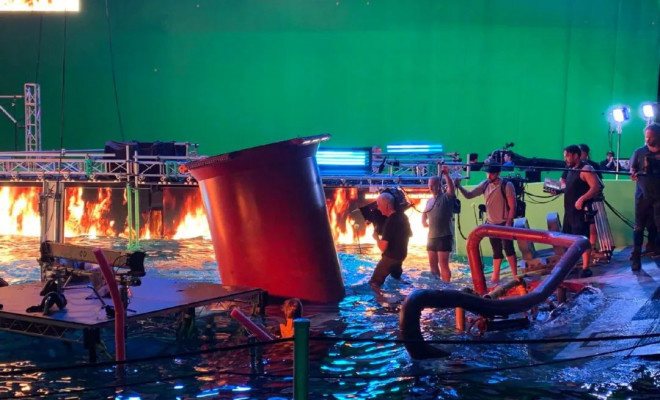
Just like in the documentary "Deep Sea Challenge", Cameron successfully dived to the bottom of the Mariana Trench by driving the "Deep Sea Challenger" and set a world record for single-person deep diving:
"We have to do what others can’t do."